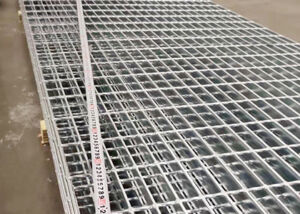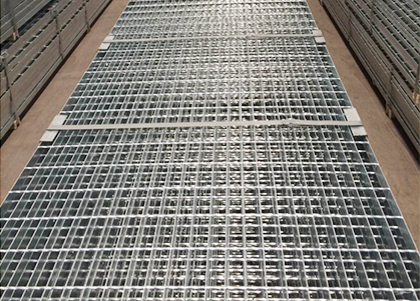Steel Gratingis a type of metal grate that is commonly used in industrial and commercial applications. It is made from metal bars that are welded or locked together to form a grid-like structure. The service life of steel grating refers to the length of time that it can be used before it needs to be replaced. There are several factors that can affect the service life of steel grating, including the type of metal used, the environment in which it is installed, and the amount of weight and traffic it is subjected to.

The service life of steel grating can vary depending on the type of metal used in its construction. For example, steel grating made from carbon steel is generally less resistant to corrosion and may have a shorter service life compared to stainless steel grating. Aluminum steel grating is also available and is known for its lightweight and corrosion-resistant properties, which can contribute to a longer service life in certain environments.
In addition to the type of metal used, the environment in which the steel grating is installed can also impact its service life. Steel Grating that is exposed to harsh weather conditions, extreme temperatures, or corrosive substances may deteriorate more quickly than grating installed in a more controlled environment. Proper maintenance and regular inspections can help extend the service life of steel grating in these challenging conditions.

The amount of weight and traffic that steel grating is subjected to on a regular basis can also influence its service life. Heavy loads and frequent use can cause wear and tear on the grating, leading to potential damage and a shorter service life. It is important to consider the anticipated load and traffic requirements when selecting and installing steel grating to ensure that it can withstand the expected conditions over time.
When evaluating the service life of steel grating, it is essential to consider the specific requirements and conditions of the application. By understanding the factors that can affect the service life, such as the type of metal, the environment, and the anticipated load and traffic, it is possible to make informed decisions about the selection, installation, and maintenance of steel grating to optimize its longevity and performance.

